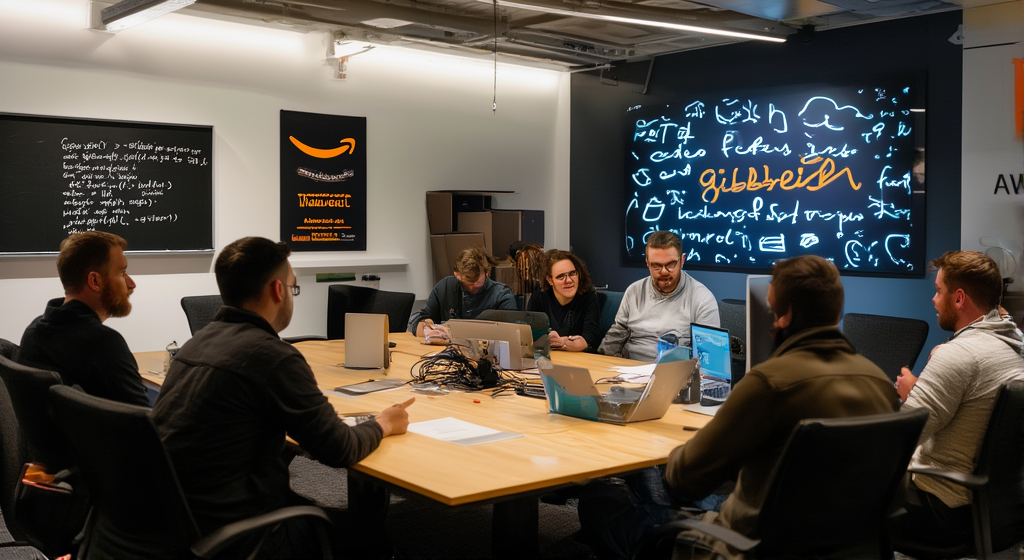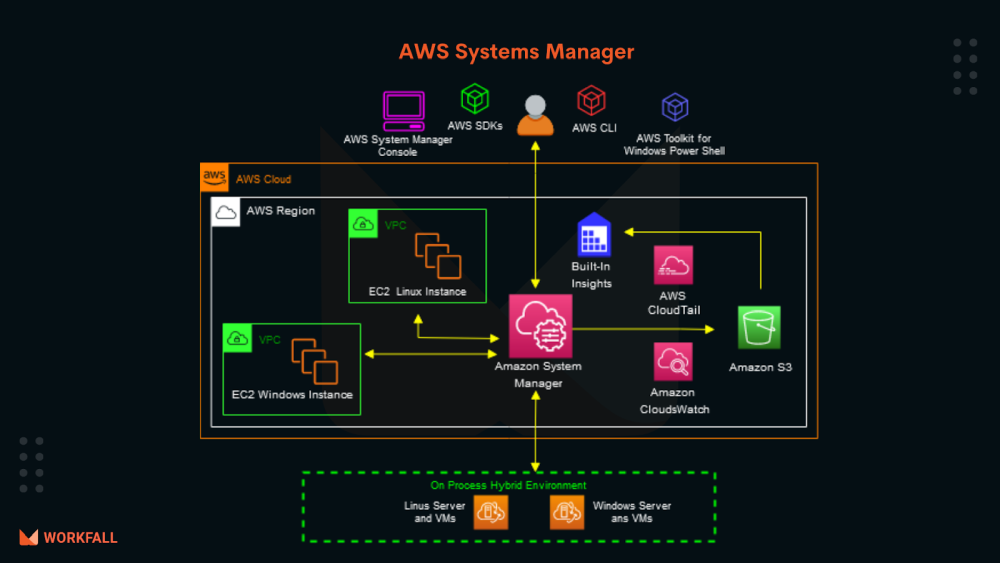In 2006, Amazon Web Services quietly launched its first product: S3. It offered something revolutionary at the time—scalable storage accessible through an API, available on demand, and without the need to own any infrastructure. Developers immediately saw the potential, with 12,000 signing up on the first day alone. It wasn’t just a storage solution; it was a new way to think about computing.

Before AWS, hosting meant racks of servers, hardware contracts, and long-term planning. With AWS, developers could rent what they needed, use it instantly, and shut it down when done. That fluidity unlocked massive innovation. When AWS launched EC2, its compute service, it became possible to deploy computing power just as easily as storage. And the pricing model—per second—removed yet another barrier for startups and enterprises alike.

AWS had a knack for speaking developers’ language. Its oddly named services, like EC2 and S3, stood out and built a following. But it wasn’t just branding. Amazon’s obsessive attention to customer feedback meant constant iteration, better performance, and over a hundred price drops. Its tools helped power early success stories like Netflix and Salesforce, while also giving rise to the broader SaaS and cloud-native movement.

By 2024, AWS held nearly a third of the global cloud market, ahead of Microsoft and Google. Yet, the cloud landscape continues to evolve. AI now shapes the next wave of competition, and AWS is betting on its own chips to maintain dominance. From shifting server rooms to shaping neural networks, AWS continues to define what modern infrastructure looks like.

#AWS #CloudComputing #AI #TechHistory #Startups #SaaS #DigitalTransformation
